Of Doges and Men
By Martin Siebert
A recent visit to the Lagoon City and its ancient 1000 year old buildings prompted me to search for more information in The Portico Library’s collection. Happily, there are over 100 relevant titles and the one I fancied — History of the Origin and Rise of the Republic of Venice by W. C. Hazlitt (1858) — was discovered in the hidden corner of the reading room. Finding all four volumes suffering from old age, meaning the bindings had become so brittle that they disintegrated on opening and are in urgent need of repair, I sponsored their restoration to enable future readers to enjoy them.
From History of the Origin and Rise of the Republic of Venice by W. C. Hazlitt, 1858.
I could not wait to study the volumes and I have to say they make very entertaining and informative reading. The language of those years is so rich and colourful, I felt like being given a poetry lecture or enjoying an opera in Verona.
The author emphasises the highly effective practices of a very sensible group of politicians who worked tirelessly to protect Venice’s historic buildings rather than constructing new ones.
Above and left: Venice: its history, art, industries and modern life: translated from the French; with numerous illustrations, Charles Yriarte, 1880.
In the early 15th century, the Doge's Palace burned down for the third time. The most fashionable architect of the day, Palladio, suggested a complete rebuild in the new style of the Renaissance (a plan of which still exists in their archives). But the city fathers thought better of it, opting to restore and preserve the work of previous generations. Today we can get a feeling of the life and the ideas of Venetians in past centuries, instead of enduring just another Palladian house behind the next bend in the road! This echoes Ruskin's opinion about Venice's architecture; another fabulous must read in The Portico Library titled The Stones of Venice, which has also recently been adopted.
The four books of architecture by Andrea Palladio, 1581.
From The Stones of Venice, Vol. 3 by John Ruskin, 1853. Illustrated by the author.
When the restoration of Hazlitt’s book is complete, these volumes should be at the top of the research list of study for the contemporary traveller.
A select bibliography on Italy and Italians in The Portico Library’s collection can be found here.
Martin Siebert is a member of The Portico Library





